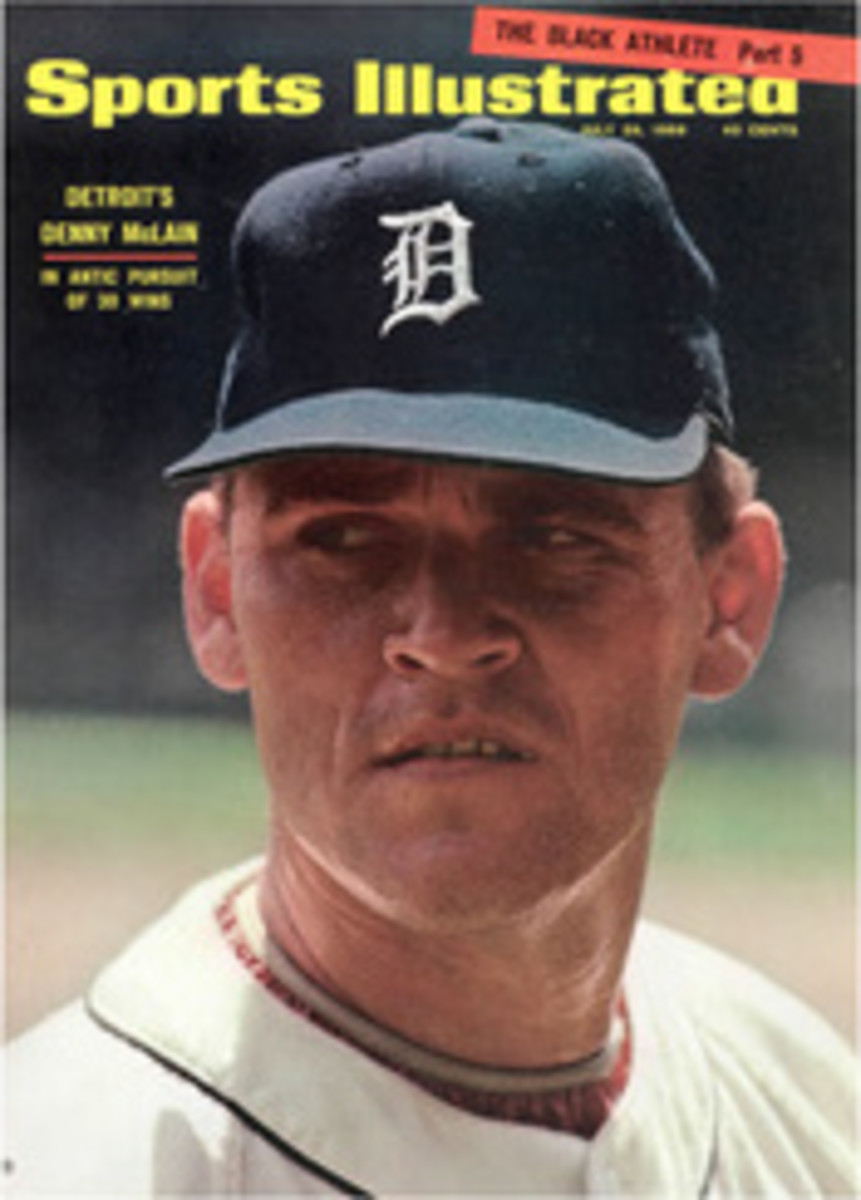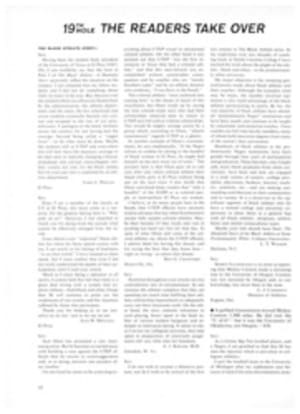
Airplanes are even better than mules if you really want to see the Canyon
You can get a pretty good notion of the Grand Canyon from the air and, because of this, at least one airline operating in the vicinity—Air West—routes many of its flights to get the best possible view. But nothing compares to the view you get of the black heart of Grand Canyon National Park from a low-flying small plane.
An outfit called Grand Canyon Airlines began flying dramatic aerial loops from one end of the 217-mile-long canyon to the other in 1927 and has maintained a remarkable safety record. Planes now in service are powerful, low-winged Piper Cherokees and Aztecs, with a separate window for each passenger. Windows are fitted with untinted glass and are polished before each flight so that nothing can mar your snapshots.
Surprisingly, flying weather generally is good. Flights are so frequent year round that there's no need for a reservation—unless you'd like the superflight from one end of the canyon to the other ($17.50).
"It's never the same, no matter how many times you fly over it," says Palen Hudgin, chief pilot and airline president.
Planes carry two to five passengers, and rates are figured by flight duration. Flights leave from Grand Canyon Airport, near the village on the South Rim. Three general plans are as follows: 1) Bright Angel Flight—25 minutes, $7.50 per person—swings east to Hance and Grapevine Rapids, views the horrendous switchbacks of Bright Angel and Kaibab Trails close up, drops low over Bright Angel Canyon, Phantom Ranch and the Kaibab Suspension Bridge and returns via a swing past Shiva Temple and a circle of the. village on the South Rim; 2) Little Colorado Flight—35 minutes, $10 per person—adds to this plan the confluence of the Little Colorado and Colorado Rivers, plus Chuar Butte, Temple Butte, Cape Royal on the North Rim and Vishnu Temple; 3) Havasupai Flight—45 minutes, $12.50 per person—swings to the extreme western limits of Grand Canyon for a view of the cultivated fields and orchards of Supai Village in the Havasupai Reservation (the most isolated Indian community in the nation).
There's nothing rigid about itineraries. You spot a mule train crossing Mormon Flats on the Tonto Plateau or ascending Jacob's Ladder on the Bright Angel and your obliging pilot approaches close enough to photograph the nose-to-tail lines with a long lens. Nothing tops this intimate look at the history of the world frozen in rock. A flight map of the canyon may be had for the asking. Write: Palen Hudgin, Grand Canyon Airlines, P.O. Box 186, Grand Canyon, Ariz. 86023, and plan your own flight.

